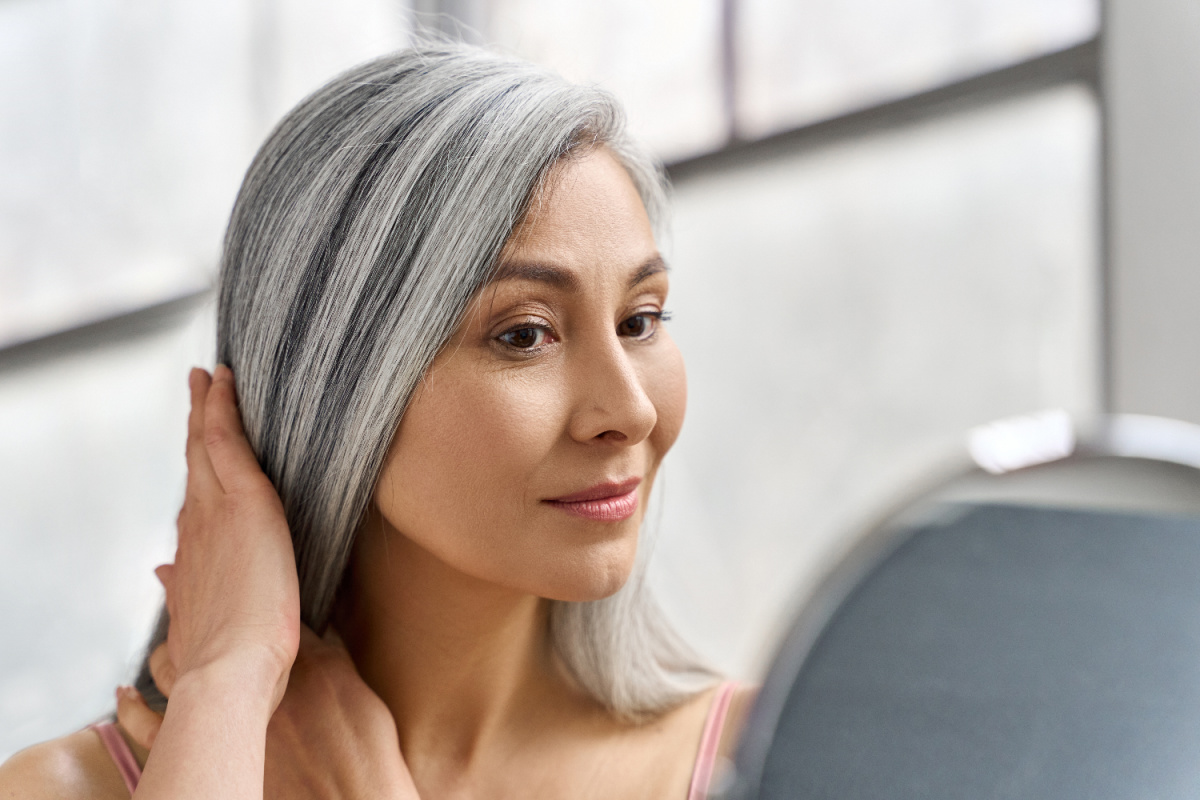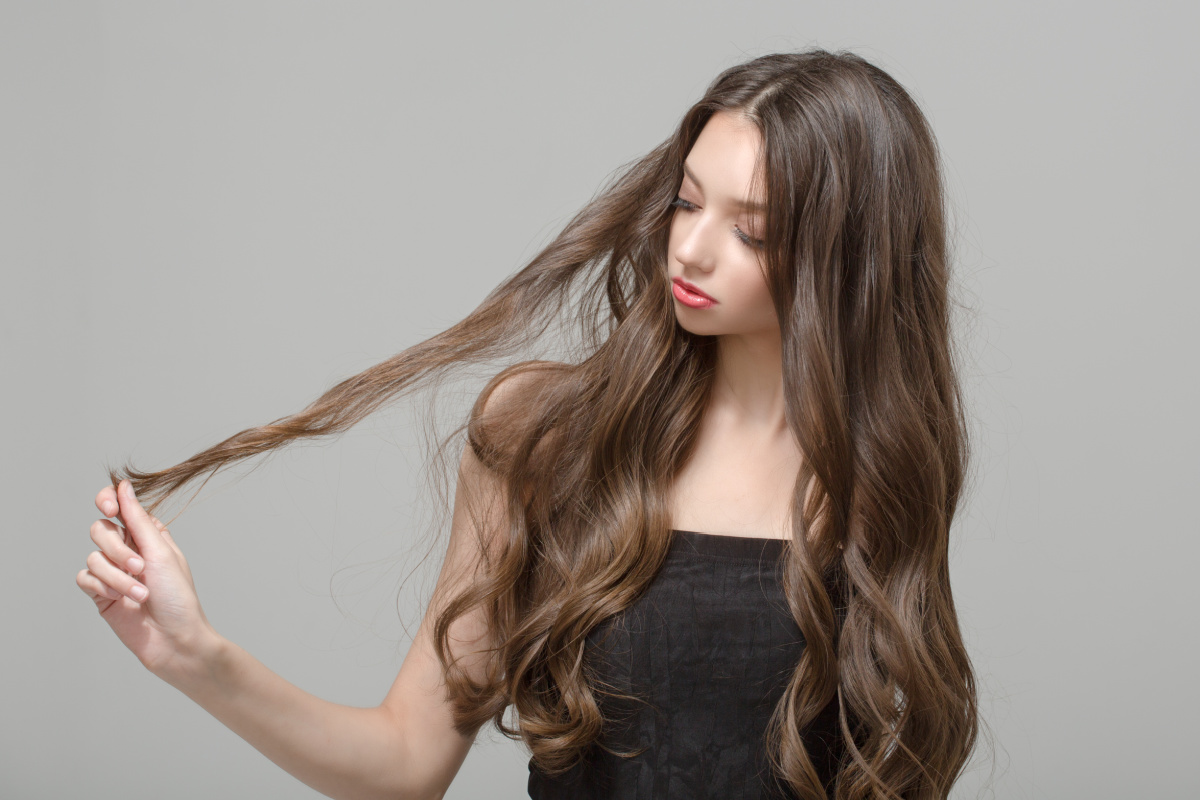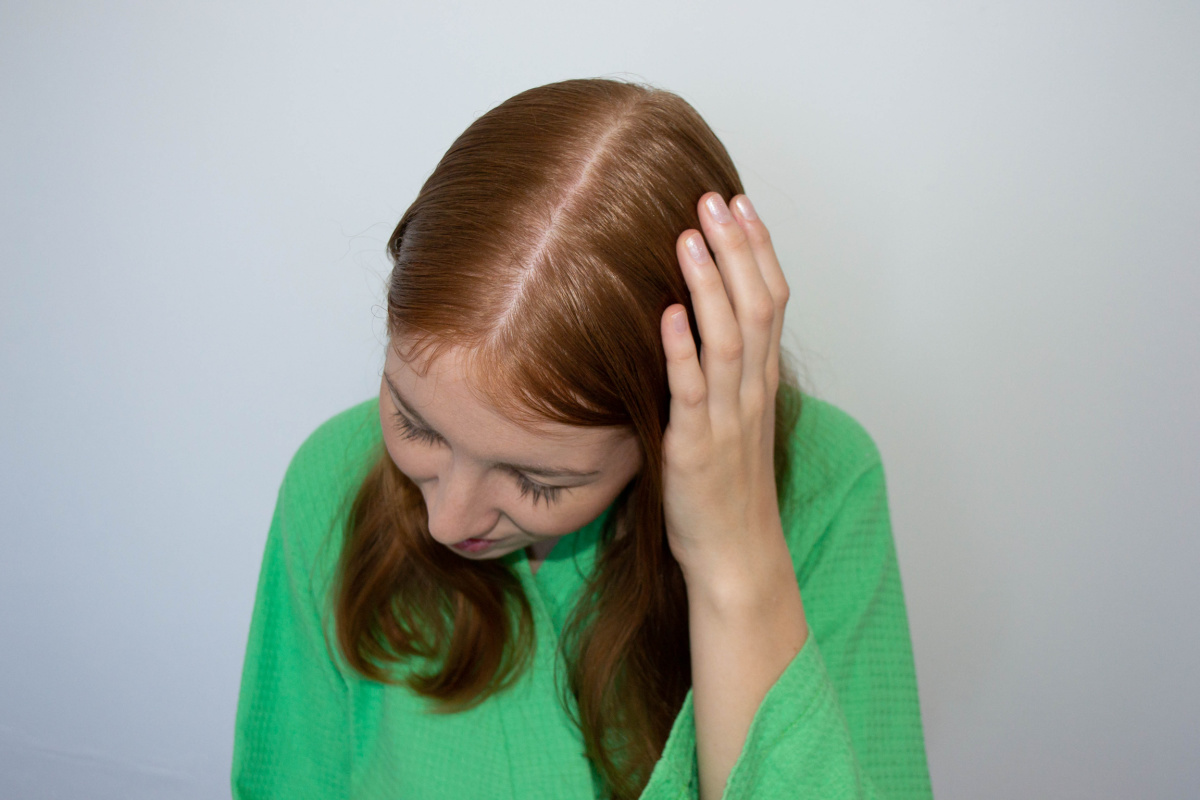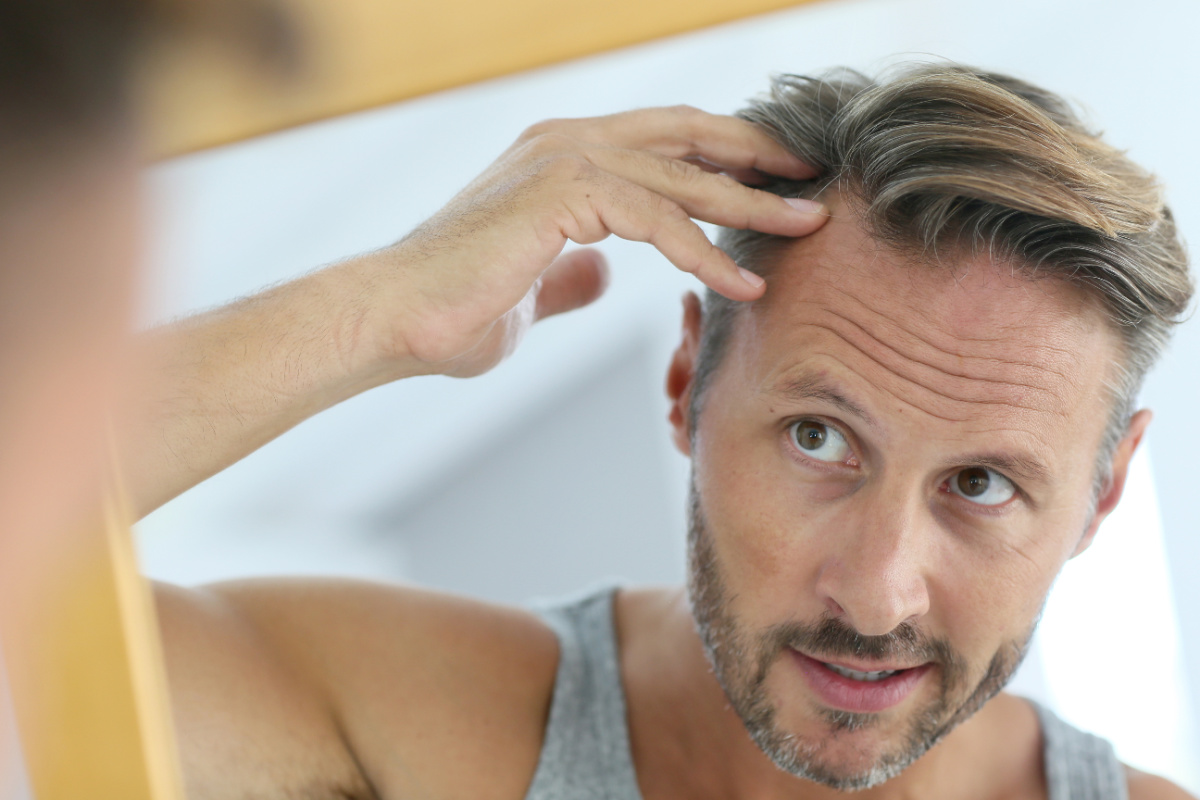When you’re trying to choose the right products for your hair, you have to know what you’re dealing with. Many hair health issues can be pinpointed to your scalp.

We’re going to look at how you can figure out what kind of scalp you have, how it determines your hair care routine, and recommendations on how you can manage and treat it.
Finding out your scalp type
First of all, if you want to make sure that you’re choosing the best hair care products for your hair, you have to take the time to work out what kind of scalp and hair combo you have. The best way to figure this out is to see how soon your hair starts showing signs of greasiness when it hasn’t been washed.

If your hair starts getting greasy after only a day or two, then you probably have a greasy scalp. However, if you have a dry scalp, you might not see any signs of oiliness for up to a week after you last washed your hair.
You should also pay attention to the condition of the hair itself. If you’re seeing dry ends and oily roots, then you have what is typically known as mixed hair and scalp. Some people think that dandruff is a sign of dry scalp and that dandruff with oily length means that you have a combination of different hair and scalp types. The truth is dandruff is primarily caused by excess production of scalp oils, so it’s not unexpected with oily hair and scalp.

Oily scalp and hair
If your hair gets greasy within a couple of days of washing, then you likely have over-active sebum glands. These are the glands that produce oil, and while glands that are a little overactive aren’t harmful to your hair, it can certainly become a hassle to maintain.
If you’re looking to take control and reduce your hair’s oiliness, check out Hair Training 101: What to Know About This Method for Greasy Hair. Training your hair through using products specifically designed for oily hair and scalp can offer a decent long-term solution. These products often include cleansing, but not drying, shampoo, and conditioners without any harsh ingredients.

Dry scalp and hair
When both your hair and scalp are dry, you can often go several days, and up to a week, without washing your hair. When your scalp is severely dry, the skin can start to become irritated and flakey.
It’s important to know the difference between the flakey skin associated with dry scalp and actual dandruff, which is closely linked to oily scalp. Aside from washing your scalp once a week, it’s often recommended that you apply oils specifically designed to tackle dry scalps and to soothe the irritation that comes with them.
Some people recommend tea tree oil shampoo, as well, for calming the flakiness. Thinning hair is another issue with dry scalp, as the hair doesn’t absorb enough oil to make sure that it’s full and healthy. Look for hair-thickening products that can help provide the nutrition that your hair should be getting, such as ceramides and hyaluronic acid.
If you have a dry scalp paired with skin conditions like eczema and psoriasis, consider seeing a dermatologist. An expert can easily diagnose which conditions you have and give you a course of treatment.

Oily scalp and dry hair
If you find that your scalp is oily, to the point that you can feel the oiliness of it, but your hair itself seems dry and damaged, then you might have combination or mixed scalp and hair.
Typically, this happens when someone has a naturally oily scalp, or a scalp that is stimulated to overproduce oils, but their hair is experiencing the side effects of excessive treatments using chemicals.
Split ends can be caused by dryness alone, but there are habits that can make them a lot more common. Using hair tools with heat, like hair driers, hot irons, and curling wands is a common cause. Harsh chemicals, such as those often found in dyes and some kinds of hair products can add to the stress and damage, as well. If you want to help heal and strengthen your hair, look for keratin-building products and treatments.

Normal hair and scalp
If it takes three or four days for your hair to start showing signs of greasiness, then you have normal hair and a scalp that’s producing a normal amount of oil. As such, you don’t need to do too much to manage it and products designed for oily or dry hair can only end up causing issues down the line. Just wash your hair every three or four days, and make sure that you use a good, general-use conditioner to keep it strong and healthy.
Giving your hair the absolute best care means knowing more about it. By learning your scalp type, you can start targeting the issues most likely to affect your hair before they happen.
Leave a Reply